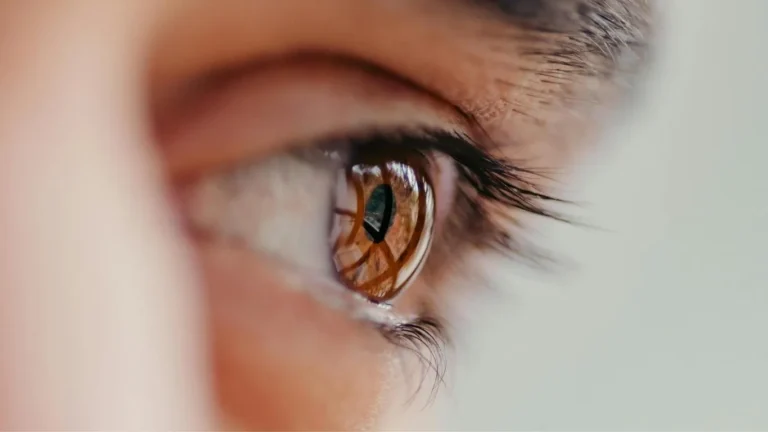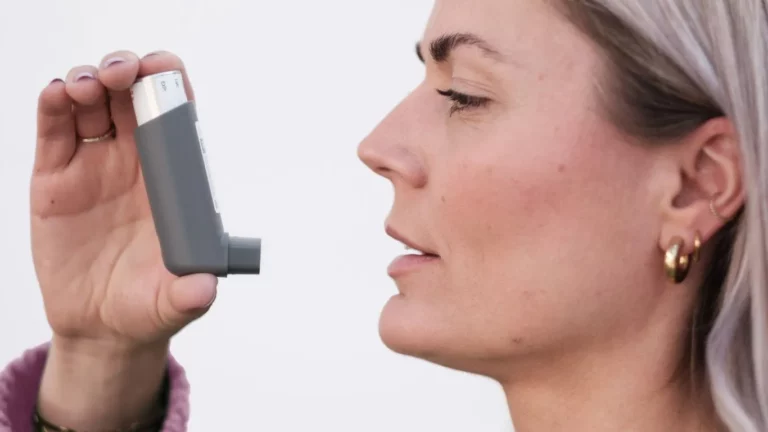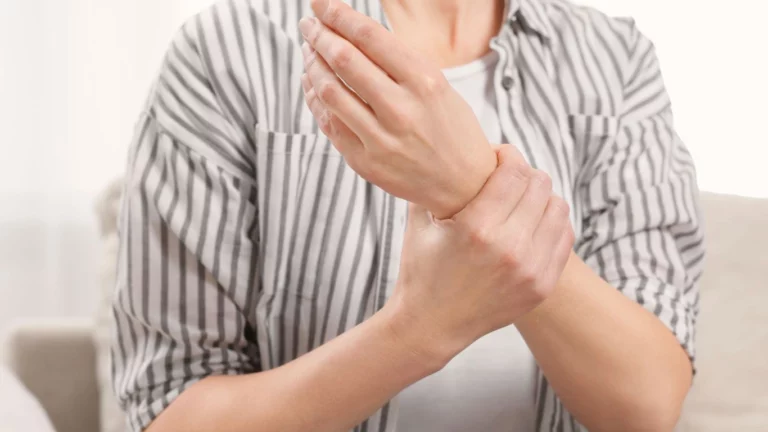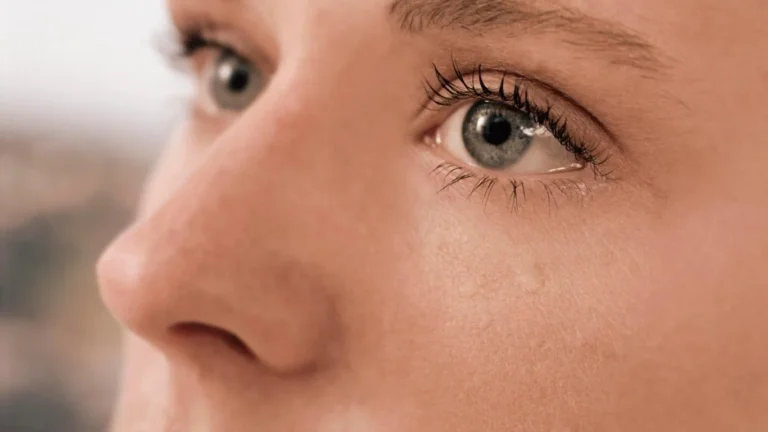Essential Benefits of Physical Therapy for Rheumatoid Arthritis
Living with rheumatoid arthritis (RA) is challenging, not just physically but emotionally too. As someone who has worked as a Rheumatology Nurse Practitioner for many years, I’ve witnessed firsthand how patients battle daily pain, stiffness, and the toll it takes on their mental health. In my experience, a major part of managing this chronic condition is understanding the importance of a comprehensive treatment plan. While medications are often the primary focus for RA management, physical therapy (PT) should not be overlooked. It plays a pivotal role in improving mobility, reducing pain, and enhancing the overall quality of life for those living with rheumatoid arthritis.
The Role of Physical Therapy in Managing Rheumatoid Arthritis
When we talk about rheumatoid arthritis, the first thing that often comes to mind is the inflammation and pain that occur in the joints. But RA isn’t just about stiff fingers and swollen knees. It’s a systemic autoimmune disease that affects the whole body, and it can lead to significant functional impairments. This is where physical therapy steps in, acting as a crucial part of a multidisciplinary approach to managing the disease.

Why Physical Therapy Matters for Rheumatoid Arthritis
In my experience, physical therapy for rheumatoid arthritis goes far beyond just easing joint pain—it’s about regaining function and maintaining independence. For those living with RA, every day presents new challenges, and simple tasks can become insurmountable. Whether it’s getting out of bed, walking up stairs, or even holding a cup of coffee, these activities can become increasingly difficult as the disease progresses. That’s where PT comes in.
Physical therapy addresses these concerns through specific exercises and techniques tailored to improve flexibility, strengthen muscles around the affected joints, and prevent further joint damage. This helps patients perform daily activities more easily and with less discomfort. In fact, research has shown that regular physical therapy can even slow down the progression of RA by reducing inflammation and promoting better joint function.
Understanding the Benefits of Physical Therapy for Rheumatoid Arthritis
As someone who has guided many RA patients through their recovery journeys, I’ve seen just how powerful physical therapy can be in improving both physical and mental well-being. Below are some key benefits of physical therapy for rheumatoid arthritis:
- Pain Relief: A skilled physical therapist can employ various techniques to help alleviate joint pain, such as manual therapy or ultrasound therapy. These methods can reduce the intensity of pain, making it easier for patients to get through their day.
- Improved Range of Motion: One of the main goals of physical therapy is to increase flexibility and joint mobility. Regular exercises and stretches help keep the joints from becoming too stiff and improve the range of motion, which can be particularly beneficial in preventing long-term disability.
- Strengthening Muscles: In RA, joint pain and swelling can lead to muscle weakness, especially around the affected areas. PT helps build strength in these muscles, reducing the strain on the joints and providing better support, which ultimately helps prevent further damage.
- Enhanced Functionality: The ultimate goal of physical therapy for RA patients is to help them regain their ability to perform daily activities—everything from walking to dressing themselves. By improving mobility and strength, PT helps individuals maintain their independence for as long as possible.
- Preventing Further Joint Damage: Regular physical therapy exercises can also help protect the joints from additional wear and tear. Stronger muscles, better flexibility, and improved posture can reduce the risk of deformities and more serious joint damage down the road.
How Physical Therapy Fits into the Larger Picture of RA Treatment
As with any chronic disease, managing rheumatoid arthritis requires a comprehensive treatment plan. Physical therapy is just one piece of the puzzle. While medications like disease-modifying antirheumatic drugs (DMARDs) or biologics are vital in controlling inflammation and halting disease progression, PT offers the tools to manage the day-to-day challenges. In my practice, I always emphasize that combining medication with physical therapy creates a more holistic approach that addresses both the symptoms and the underlying functional difficulties of the disease.
Moreover, physical therapy isn’t just about exercise—it also includes education. Many patients are unsure of how to move correctly without exacerbating pain. PT teaches patients proper body mechanics, posture, and joint protection techniques, which are crucial for avoiding further injury. These tips can make a world of difference in reducing strain on affected joints, preventing unnecessary flare-ups.

The Importance of Early Intervention
One of the most important things I’ve learned in my career is the significance of early intervention. The sooner someone with RA starts physical therapy, the better their chances are of slowing disease progression and managing symptoms effectively. Early physical therapy can help prevent joint deformities and muscle atrophy, two of the most common consequences of untreated or poorly managed RA. I’ve seen it time and again—patients who start PT early on are much more likely to maintain their mobility and independence over the long term.
Physical therapy doesn’t just focus on treating the immediate symptoms but also works to prevent future complications. So if you’re living with RA and haven’t yet considered incorporating PT into your treatment plan, it might be time to talk to your healthcare provider about it. Remember, it’s never too late to start improving your quality of life.
How Physical Therapy Works: Key Techniques and Approaches
Physical therapy for rheumatoid arthritis is highly individualized. No two patients experience RA the same way, so treatment plans must be tailored to each person’s unique needs and goals. Here’s a look at some of the key techniques used in physical therapy for RA:
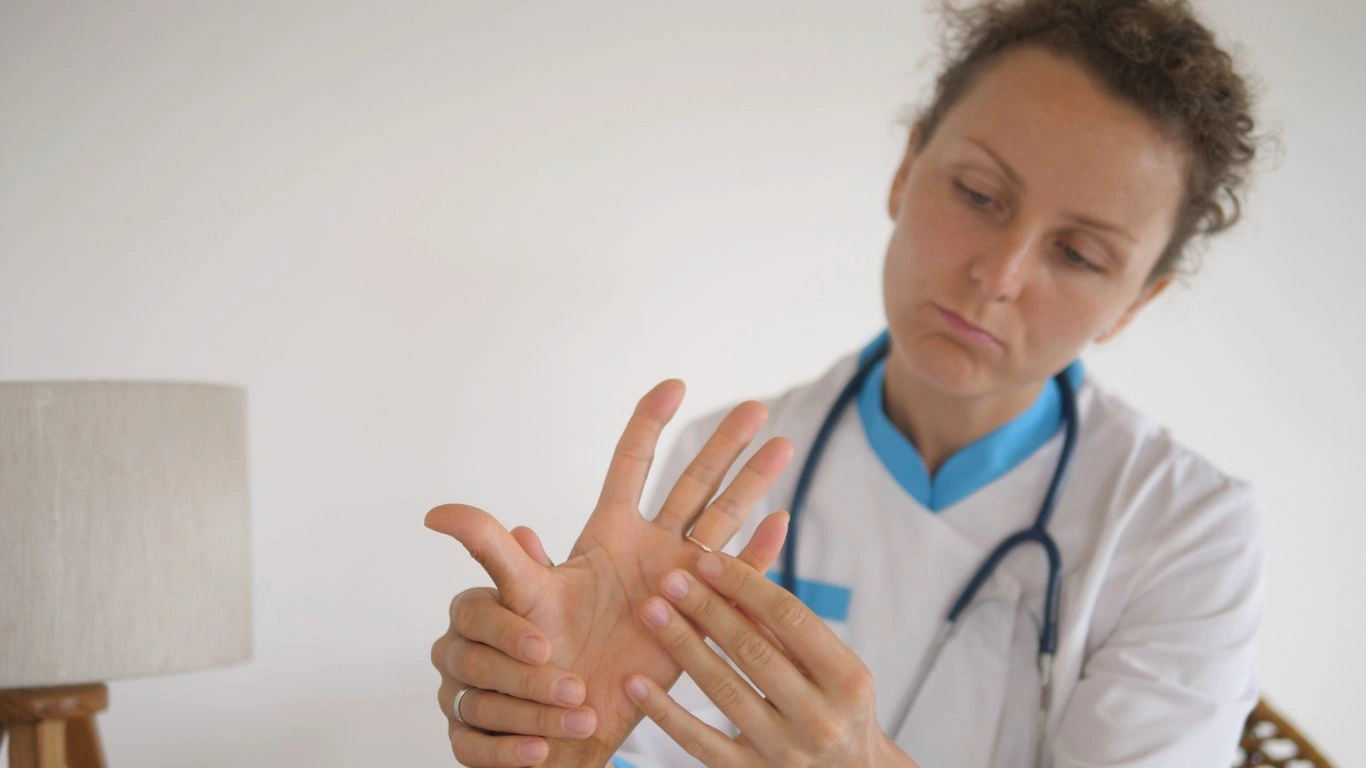
- Stretching and Flexibility Exercises: These exercises are designed to improve joint mobility and prevent stiffness. Stretching helps maintain the elasticity of muscles and ligaments surrounding the joints, which is crucial in managing RA symptoms.
- Strengthening Exercises: Focused on building muscle strength around the affected joints, these exercises help stabilize the joints and reduce the risk of damage. This can be especially important in the knees, hips, and hands, which are often most impacted by RA.
- Aquatic Therapy: For patients who have difficulty with weight-bearing exercises, aquatic therapy is a great alternative. The buoyancy of water supports the body and reduces stress on the joints, making it easier to move and perform exercises without pain.
- Joint Protection Techniques: Physical therapists also teach patients how to protect their joints during daily activities. This can include using assistive devices, modifying activities, or learning how to distribute weight more effectively to avoid putting undue strain on the joints.
Integrating Physical Therapy into Your Daily Routine
One of the biggest challenges for people with rheumatoid arthritis is how to manage their symptoms while also maintaining an active lifestyle. In my practice, I’ve found that it’s not enough for patients to just go to physical therapy a couple of times a week. To truly benefit from PT, it needs to be integrated into their daily routine. And I’m not just talking about doing exercises—it’s about making small adjustments that can have a big impact on joint health over time.

Daily Exercises: Simple Yet Effective
It’s tempting to think of physical therapy as something you only do in a clinical setting, but that’s not the case at all. At-home exercises are just as important—if not more so. In fact, most patients I work with benefit from creating a regular routine of PT exercises that they can do daily at home. It doesn’t need to be a lengthy session every time; even just 15 to 20 minutes of targeted exercises can make a huge difference.
But what kind of exercises should you focus on? Well, that depends on the areas you’re most affected by. Commonly, I see people struggling with their hands, wrists, knees, and hips. For those areas, exercises like finger stretches, wrist flexion, knee extensions, and gentle hip rotations can all help in maintaining flexibility and strength. The goal is to keep the joints moving, but without overexerting them—gentle movement is key.
How to Stay Consistent with Your Exercise Routine
Staying consistent with your physical therapy exercises is one of the hardest parts. I often hear from patients that they get discouraged because it seems like the exercises aren’t making a difference right away. But just like with any aspect of RA management, persistence is essential. The more you stick with it, the more you’ll start noticing improvements.
One tip that I often recommend is to incorporate your exercises into your daily activities. For instance, if you’re watching TV, you can practice some simple stretching exercises or try using a small hand exerciser to strengthen your grip. It doesn’t have to be a rigid, formal workout routine—it’s all about integrating movement into your day in small ways. And remember, every little bit counts!
The Role of a Physical Therapist in Your RA Journey
While self-guided exercises can be incredibly beneficial, working with a physical therapist provides personalized guidance that can take your treatment to the next level. A physical therapist’s expertise is essential in helping you safely progress through your exercises, adjusting movements to your specific needs, and ensuring that you’re performing exercises correctly to avoid injury.
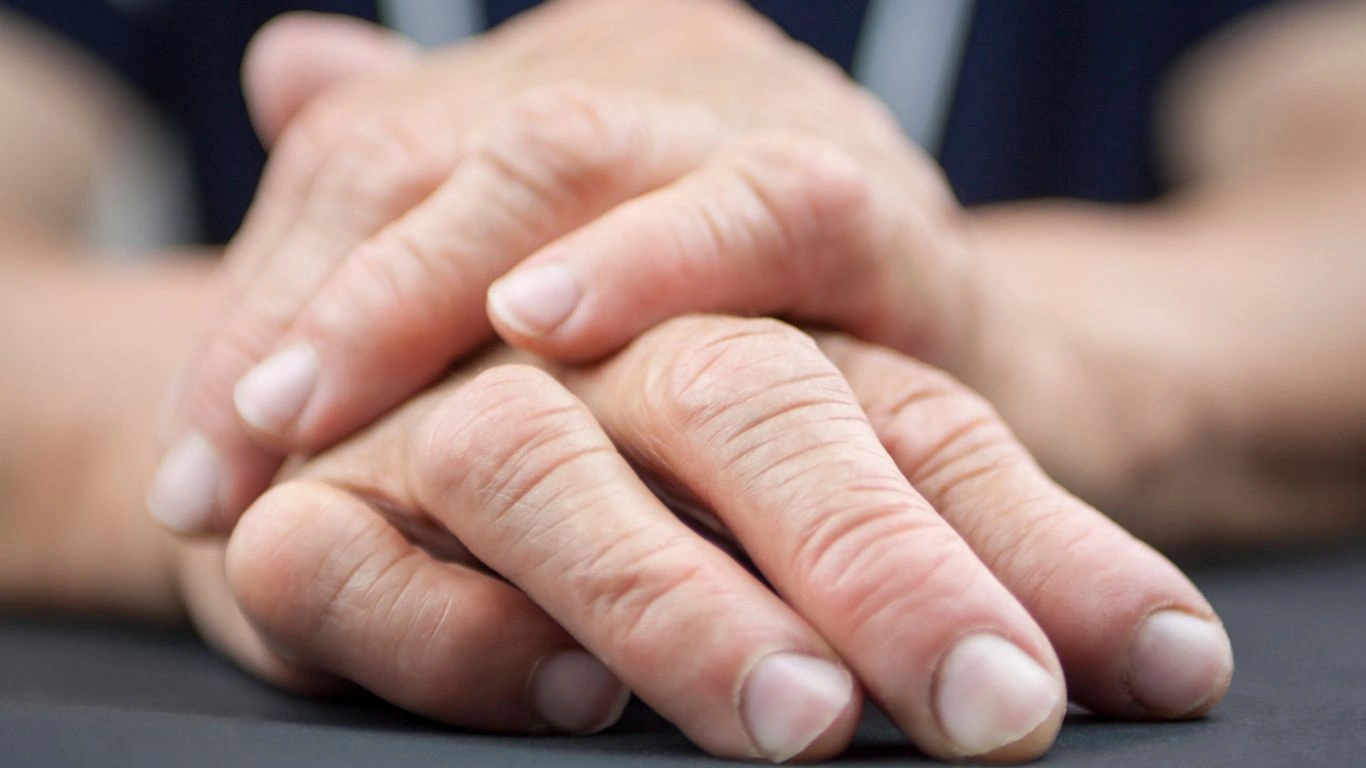
Personalized Treatment Plans
Physical therapists are trained to assess your unique situation. They evaluate your range of motion, strength, and functional limitations before developing a treatment plan tailored just for you. This personalized approach means that no two therapy plans are the same. Some people may need more emphasis on strengthening exercises, while others might need additional work on improving their balance or mobility. For example, I once worked with a patient who struggled with standing for long periods of time. After a few sessions, we adjusted his therapy to focus more on leg strength and balance exercises, and over time, he was able to stand for longer periods without discomfort.
It’s this kind of individualized attention that makes physical therapy so effective. Whether you’re managing pain or looking to regain full mobility, a physical therapist can fine-tune your program to suit your progress and ensure that you’re working toward the right goals.
Continuous Support and Education
Physical therapists don’t just hand you exercises and send you on your way. They provide continuous support throughout your treatment. One of the things I really admire about PTs is their commitment to educating patients. They take the time to explain why each exercise is important and how it will help manage RA symptoms. Plus, they often introduce helpful tips for managing flare-ups or dealing with any difficulties that arise.
I’ve had many patients tell me how empowering it is to be able to understand the “why” behind their exercises. It’s not just about doing what you’re told—it’s about being an active participant in your care and taking control of your health. Education like this gives people the tools they need to manage their condition with confidence and independence.
Maintaining Joint Health: A Collaborative Approach
Rheumatoid arthritis affects not only the joints but also the surrounding muscles, tendons, and ligaments. Over time, if left unmanaged, RA can lead to joint deformities and a decrease in mobility. But by combining physical therapy with other treatments, you can help protect your joints and maintain your mobility for as long as possible.
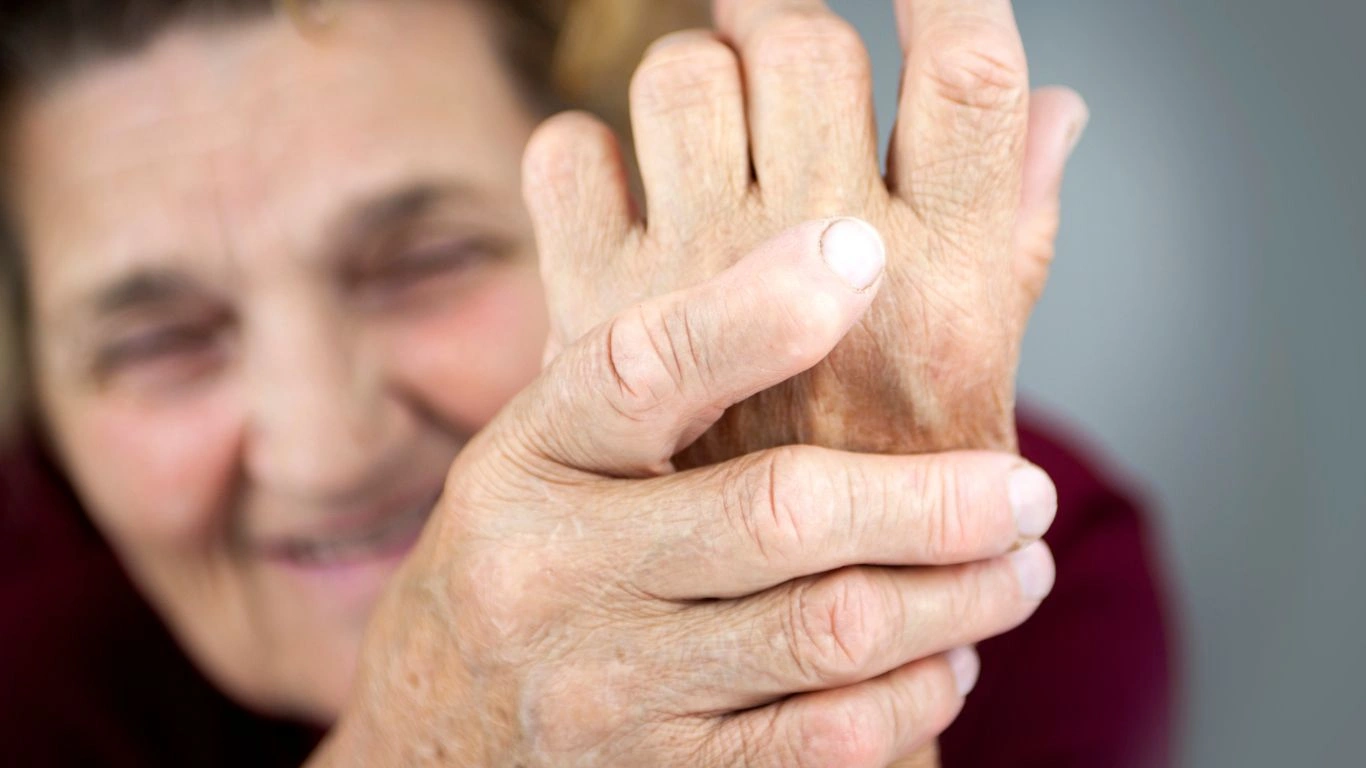
Collaborating with Your Healthcare Team
As I always tell my patients, the best results come when you work in partnership with your entire healthcare team. That includes your rheumatologist, physical therapist, and any other specialists involved in your care. Regular check-ins with your physical therapist are essential for monitoring your progress and making adjustments as needed. It’s also crucial to keep your rheumatologist in the loop, especially if you’re experiencing new or worsening symptoms.
Physical therapy is most effective when it’s part of a broader strategy that may include medication, diet, stress management, and other interventions. For example, some people benefit from wearing assistive devices like splints or braces, which can provide additional joint support during activities. Others might find that lifestyle changes—like incorporating anti-inflammatory foods into their diet—help reduce their symptoms and make physical therapy even more effective.
By maintaining open communication with your healthcare team and staying proactive in your treatment, you give yourself the best chance to live well with RA. Remember, it’s not just about managing the disease—it’s about maintaining a high quality of life and doing the things you love. Physical therapy can be a huge part of that, but it works best when it’s integrated into a holistic approach to your overall health.
Incorporating Lifestyle Changes for Long-Term Relief
In my years of experience as a Rheumatology Nurse Practitioner, I’ve learned that physical therapy alone isn’t always enough to fully manage rheumatoid arthritis (RA). A comprehensive approach—one that includes lifestyle changes—can provide long-term relief and improved joint health. In fact, many patients find that by combining physical therapy with other healthy habits, they not only improve their physical function but also feel more empowered to live well with their condition.
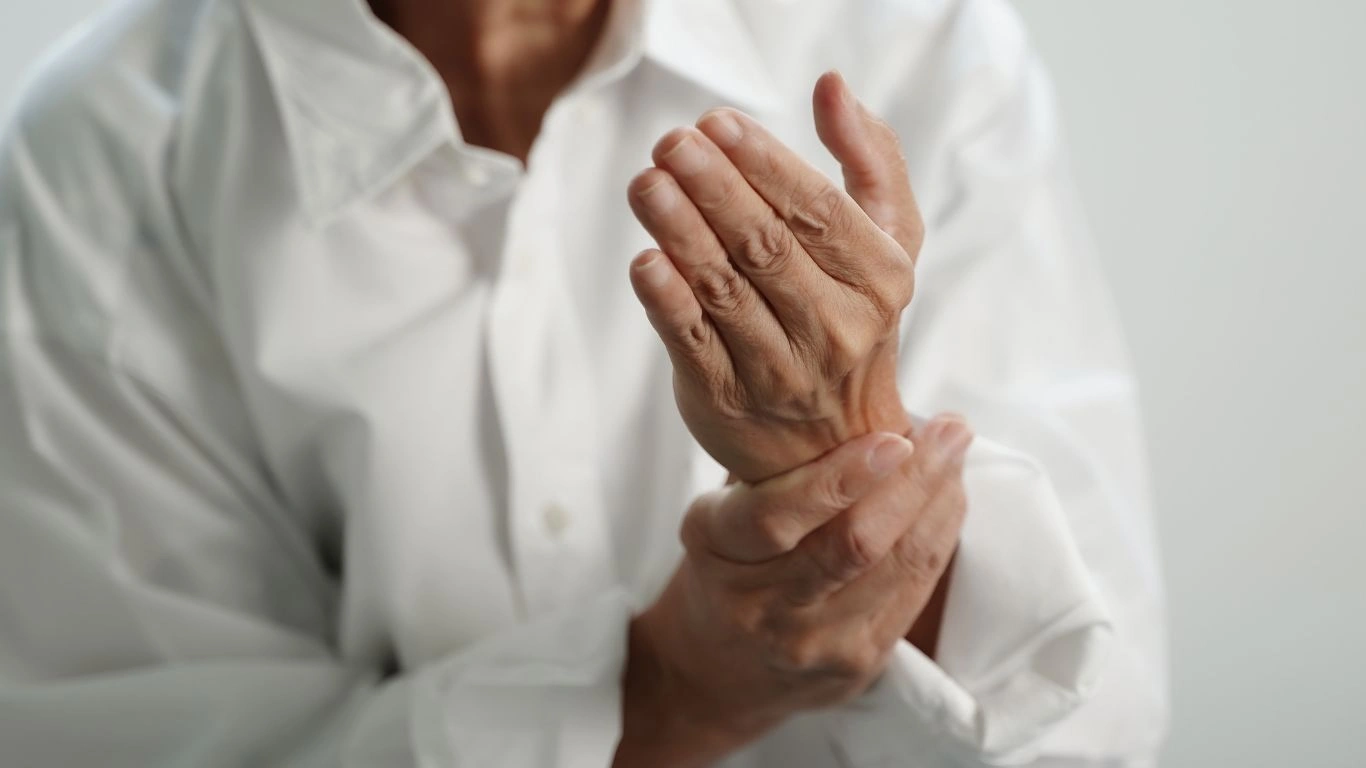
Diet and RA: Fueling Your Body for Better Joint Health
One of the most powerful tools in managing RA is diet. As someone who’s worked closely with patients navigating RA, I’ve seen firsthand how making simple changes to their diet can help reduce inflammation and boost energy levels. While there’s no “RA cure” in the foods we eat, certain dietary habits can significantly ease symptoms and complement the benefits of physical therapy.
A diet rich in anti-inflammatory foods can make a big difference. Think fruits, vegetables, fatty fish, and whole grains—these foods help lower inflammation in the body and can work hand-in-hand with PT to keep those joints moving more easily. I’ve had patients report feeling less stiff and having more energy after just a few weeks of adopting a more anti-inflammatory diet. This isn’t about dieting for weight loss—it’s about choosing foods that nourish your body and support your joints.
For instance, omega-3 fatty acids, found in fatty fish like salmon, mackerel, and sardines, have been shown to reduce the level of inflammation in the body. I always recommend that my patients try to incorporate more of these foods into their meals. Additionally, nuts, seeds, and olive oil are excellent sources of healthy fats that can provide similar benefits. On the other hand, foods that are processed or high in sugar can exacerbate inflammation and worsen RA symptoms. So, cutting back on those is just as important!
Exercise Beyond Physical Therapy: Staying Active Daily
While physical therapy exercises are crucial, it’s also essential to stay active beyond those specific sessions. I’ve seen many patients benefit from incorporating gentle forms of exercise into their daily routine, like walking, swimming, or yoga. These activities are not only good for the joints but also for the heart and mind. As a rheumatology nurse practitioner, I encourage my patients to find activities they genuinely enjoy. It’s much easier to stay active when it feels like fun, rather than a chore!
For instance, yoga has proven to be a great option for those with RA. Not only does it increase flexibility and strength, but it also promotes relaxation and mental well-being—something many RA patients can greatly benefit from. I’ve had patients tell me that incorporating yoga into their routine has not only helped with joint stiffness but has also given them a sense of control over their body and mind, which is so important in managing a chronic condition.
Similarly, swimming or water aerobics is often a great option for people with RA, especially if you experience pain when doing weight-bearing exercises. The buoyancy of the water reduces the strain on your joints while still allowing for a full range of motion. I’ve worked with several patients who were initially reluctant to try water therapy, but once they did, they noticed significant improvements in their mobility and pain levels.
The Psychological Impact of Rheumatoid Arthritis: Mind-Body Connection
Living with a chronic condition like RA can also take a psychological toll. As a healthcare provider, I’ve seen many patients struggling with depression, anxiety, and a general sense of hopelessness. It’s important to acknowledge the mental health aspect of RA management because it directly impacts your ability to stick with physical therapy and other lifestyle changes. After all, it’s hard to stay motivated if you’re feeling defeated or overwhelmed by the challenges RA presents.
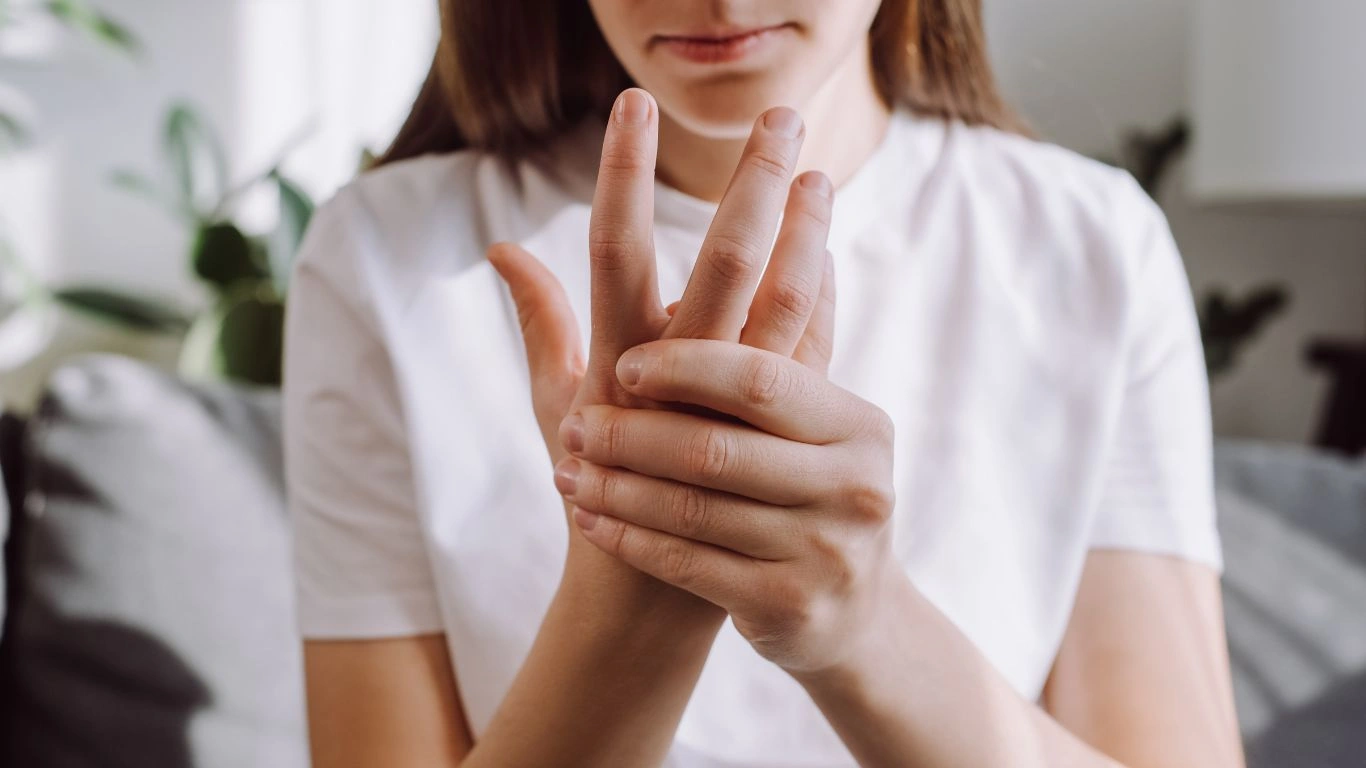
Managing Stress and Building Mental Resilience
In my practice, I encourage patients to not only focus on their physical symptoms but also their mental well-being. Stress is known to worsen inflammation in the body, and it can interfere with your ability to cope with chronic pain. Managing stress through activities like mindfulness, deep breathing exercises, or even cognitive behavioral therapy (CBT) can help reduce stress levels and improve your overall sense of well-being. I’ve seen a number of patients who’ve found stress management techniques to be incredibly effective in making them feel more resilient in the face of RA.
Incorporating these mental health practices into your daily life can actually complement your physical therapy routine. A positive mindset and emotional resilience can make it easier to stay consistent with your PT exercises and continue to make progress over time. And remember, it’s okay to seek support. Whether it’s talking to a counselor, joining a support group, or simply opening up to loved ones, mental health is just as important as physical health in managing RA.
References and Resources for Rheumatoid Arthritis
For more information on rheumatoid arthritis and the benefits of physical therapy, there are a number of reputable resources available that provide evidence-based information to guide you on your journey:
- National Institutes of Health (NIH): The NIH offers in-depth research and resources related to rheumatoid arthritis, including treatment options and clinical trials.
- Health.com: A reliable source for general health advice, including articles on RA and tips for managing the condition.
- American College of Rheumatology: This organization provides educational resources for both patients and healthcare professionals about RA and other rheumatologic conditions.
- Mayo Clinic: An excellent source of information on RA symptoms, diagnosis, and treatment options, including physical therapy recommendations.
It’s always a good idea to stay informed and reach out to trusted medical professionals who can offer personalized advice based on your specific situation.
Disclaimer
The information provided in this article is for educational purposes only and should not be considered medical advice. Always consult with your healthcare provider before making any changes to your treatment plan or lifestyle. Each individual’s condition is unique, and what works for one person may not be suitable for another. The advice shared here is based on general knowledge and my personal experience working with patients living with rheumatoid arthritis. Please consult a licensed healthcare provider for personalized care and guidance.

Tarra Nugroho is a dedicated Nurse Practitioner with a strong foundation in family and preventive care. She brings both compassion and clinical expertise to her practice, focusing on patient-centered care and health education. As a contributor to Healthusias.com, Tarra translates medical knowledge into clear, empowering articles on topics like women’s health, chronic disease management, and lifestyle medicine. Her mission is simple: help people feel seen, heard, and informed—both in the clinic and through the content she creates. When she’s not caring for patients, Tarra enjoys weekend hikes, plant-based cooking, and curling up with a good health podcast.


